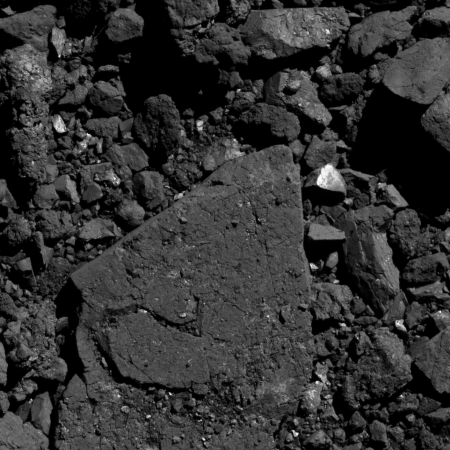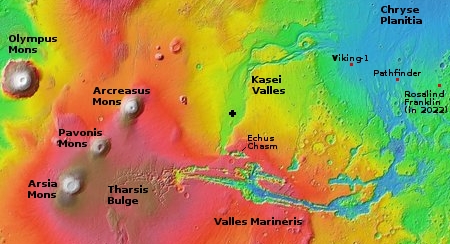Russia to lower launch price of new Angara rocket
Capitalism in space: According to its 2019 financial report, the Russian manufacturer of that country’s new Angara rocket intends by 2024 to lower launch price from about $100 million to about $57 million.
The high cost price of the latest Angara carrier rocket before the start of its serial production is due to the need for the Khrunichev Space Center to work at two sites, the press office of the State Space Corporation Roscosmos told TASS on Monday. “Before the production process is fully moved to the site of the Polyot company in Omsk, the Khrunichev Space Center has to work at two production sites, which creates additional overhead costs,” a Roscosmos spokesman said.
As part of its trials, the Angara rocket is being produced singly instead of serially, he said. “After the serial full-cycle production is launched, the item’s cost price will decrease,” the spokesman said.
Essentially they are claiming that the cost will drop once they start full production.
Capitalism in space: According to its 2019 financial report, the Russian manufacturer of that country’s new Angara rocket intends by 2024 to lower launch price from about $100 million to about $57 million.
The high cost price of the latest Angara carrier rocket before the start of its serial production is due to the need for the Khrunichev Space Center to work at two sites, the press office of the State Space Corporation Roscosmos told TASS on Monday. “Before the production process is fully moved to the site of the Polyot company in Omsk, the Khrunichev Space Center has to work at two production sites, which creates additional overhead costs,” a Roscosmos spokesman said.
As part of its trials, the Angara rocket is being produced singly instead of serially, he said. “After the serial full-cycle production is launched, the item’s cost price will decrease,” the spokesman said.
Essentially they are claiming that the cost will drop once they start full production.




